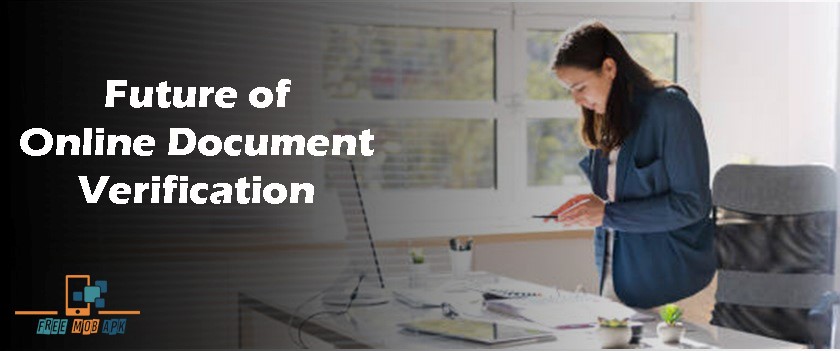For the longest time, document verification involved bringing the documents to an expert in an organization. For instance, if a person wanted to open a bank account, they would have to bring a stack of papers to the teller for physical verification. Or in some cases, the customers used to fill out forms manually checked by officials.
Online document verification has recently entered various industries, providing enhanced security and convenience to customers. Still, in 2021 alone, more than 50,000 people were affected by identity theft resulting in substantial reputational and monetary losses.
This article discusses the need and future trends of online document verification in this digital era.
The Need to Check Documents Online in 2023
Before moving to the future of online document verification, it is essential to understand why it is required in the current era. Firstly, the critical thing to note is the rising risk of fraud and identity theft cases in 2023.
In the previous year, the loss incurred due to these cases was more than $16 billion. Technology makes it easy for customers to conduct online transactions, enabling hackers to achieve advanced penetration and hacking attacks.
Secondly, regulatory authorities are now more strict than ever. Therefore, it is essential to implement online document verification to curb identity theft and comply with regulations.
Data-Centric KYC for Fraud Prevention
Although data provided by the customer has always been the centre of a document check, the online system provides an enhanced way to utilize this data. For instance, during traditional inspections, the data provided by the customer is checked for discrepancies, and some checks are performed to validate document authenticity.
However, these methods have no further use of the gathered data. The benefit of online document verification in this digital era is that it digitizes physical data. It is then matched against government databases to validate the provided information further. Moreover, these solutions use AI features to determine the underlying patterns in data discrepancies.
Advanced Methods to Verify Documents Online
Now that it is established that there is still a need for online document verification in the current era, the next thing to focus on is the advancements in such solutions. As previously said, attackers are more sophisticated than before.
Using AI tools, they can create counterfeit documents that are hard to catch using traditional methods. Companies should invest in AI-enabled advanced solutions to effectively detect and prevent counterfeit, forged, or duplicate documents used by modern criminals.
Here are some of the innovations in online document verification that aim to transform this verification process:
Making Use of Intelligent Character Recognition
One of the significant challenges in document verification was data entry and collection. This process alone consumed significant resources as a manual workforce was maintained. Optical character recognition (OCR) was introduced in the industry to automate this process.
However, it cannot compete with the current era’s expected efficiency and accuracy standards. To solve this issue, identity verification services are bundling intelligent character recognition (ICR) with an online document verification process.
As the name suggests, it is an AI-powered system that can identify printed and handwritten content. It can provide higher accuracy and process the document faster than traditional online document verification using OCR.
Combining with Video KYC
Modern consumers expect ease of access above anything else. However, organizations are aware that securing customer data takes priority as well. Companies now use online document verification in video KYC to combine these aspects in a product.
This process starts with an interview with a KYC expert and then moves toward the document verification phase. Using various AI features such as texture scanning and liveness checks, the photos on the documents are matched with the live video to conduct facial recognition.
Therefore, it’s important to note that companies have stopped relying on a single verification method. Instead, they use a multimodal method, using two or more verification solutions, to enhance security and accuracy.
Compliance with Changing Regulations
Apart from safeguarding customer data and improving their journey on products, a company should also focus on complying with regulations. As mentioned above, hackers and criminals have devised innovative ways to fool traditional document verification systems.
Regulatory authorities have imposed strict regulations on various industries, especially finance, to curb such activities. Moreover, it becomes a challenge for companies to stay compliant when there are different regulations in various regions of the world. This is where an online document verification solution helps businesses by taking care of this step.
Summing Up Online Document Verification
Despite advancements worldwide, document verification is still required in almost all global industries. However, companies must invest in modern solutions that use AI features to provide enhanced security to their customers. Similarly, it helps them stay compliant with global regulations.

